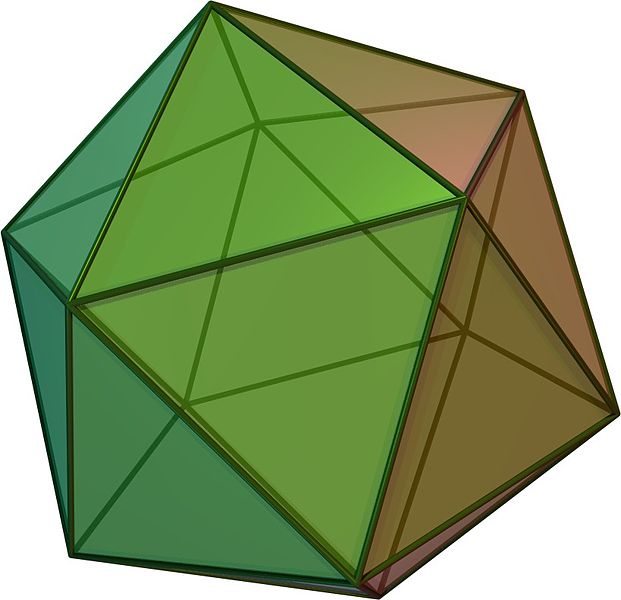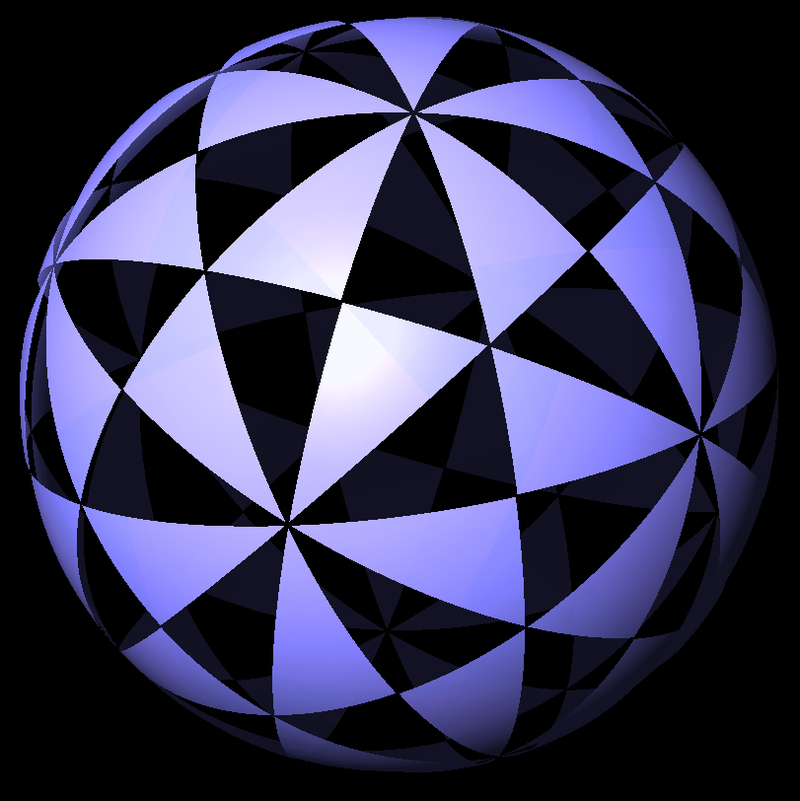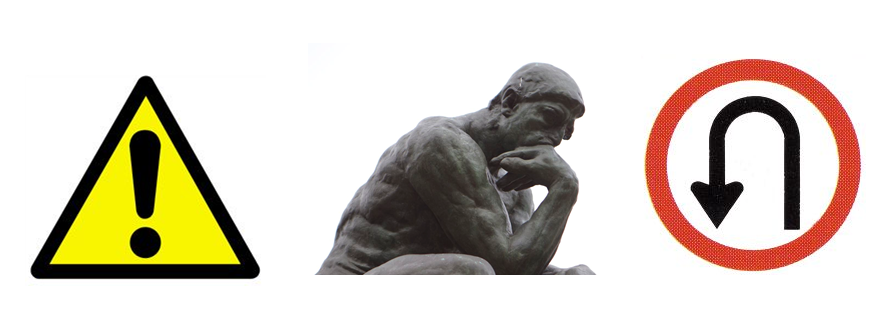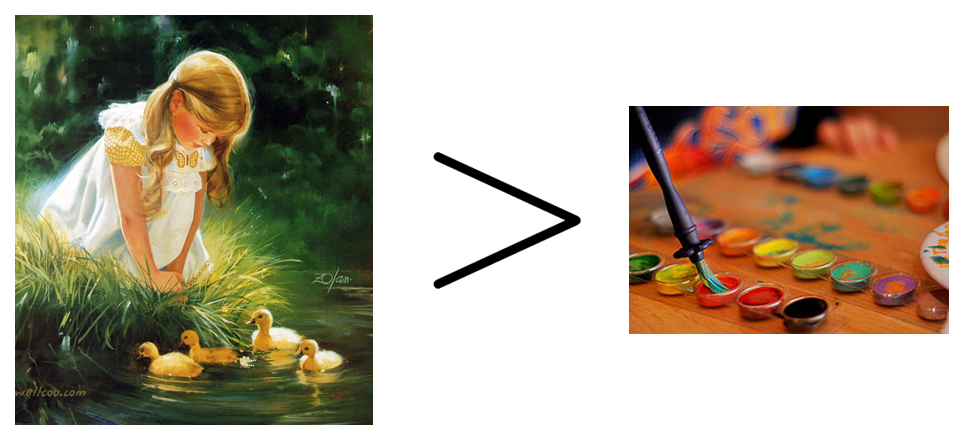|
This is an exploration of some interesting parallels. One might say that the categories of geometry and algebra cover most of mathematics. I think most mathematicians see them not as categories but as different ways to see the same object. Time and again, geometric intuition uncovers hidden dimensions in algebraic objects: the algebraic geometric of elliptic curves, as well as the standard practice of studying a large set of functions by considering each function as a point in a "function space," serve as ready examples. On the other hand, geometric spaces that we're interested in, such as the fabric of space-time, or crystal lattices, often have underlying symmetries that can be encoded as algebraic structures which afford us a compact, high-level language to state and prove far-reaching claims on the properties of the geometry. Why are these two viewpoints so effective, so illuminating, so incisive? If we see geometric intuition as an extension of our human capability for spatial visualization and reasoning, then I'd say that's a pretty fundamental source for geometric intuition—an internalization of our everyday visual and tactile interaction with out environment. What about algebra then? We could tie it to our faculties of language, which associate meanings to symbols or strings of them (literally called a word in group theory), communicate that meaning, and process the information in the symbols by manipulating them. We really do have a "language of algebra." So the first parallel goes from geometry and algebra to spatial reasoning and linguistic ability.
But I like to go even further, rise higher in abstraction: is there any more fundamental difference, or similarity, between our faculties of spatial reasoning and language? How about space vs. time? Obviously geometry is space. If we think of multiplication in algebra as composing transformations one after the other, such as the linear transformations in linear algebra (Cayley's theorem guarantees that we can view any group as a transformation group), then algebra is a form of "discrete time travel." What about other fields of math? If geometry is space and algebra is time, then perhaps analysis is change, and topology is connection.
0 Comments
To any sentient being, I think the most important thing is to doubt yourself. No matter how sure you are of yourself, you must always bear in mind that you can be wrong. In fact, you have been wrong on many (most?) occasions, and you will be wrong for many times to come. This is a serious and crucial realization, because most of our actions arise from our conscious and unconscious beliefs. Our horizons are bounded. The thoughts and opinions we can have are limited by our cultural experience (e.g. socially accepted norms). Our confidence in our beliefs is bolstered by the fact that we can only operate inside our tiny little box, which makes everything in the box so familiar and comfy and, you know, "obviously true". However, to make good decisions in life, we must accumulate much "experience" to guide us. That "data" comes in the form of a diverse array of opinions and beliefs, which may not agree with each other. We must expand our shoebox of a mind to a warehouse of different perspectives which allow us to appreciate things and happenings more completely. This will aid our decision-making process by allowing us to evaluate the consequences of choices more accurately. Hence, to grow as a person, we should:
I'm completely unfamiliar with art, but I've had this interesting thought lately. First of all, Art is more than the sum of its parts. (Statement 1) There are many ways how an art piece can be more than its constituents. The visual arts give a few easy examples, where emotion can be injected into a medium (the "sum of its parts"). The emotion, message, or whatever special qualities that qualify something as art, was not present in the medium itself, yet it present in its final form.
I was proud of this idea, as it was probably the best early research idea I've come up with.
I became very interested in matrices and linear algebra after reading a paper on modelling origami using rotation and translation matrices (Belcastro and Hull, 2012). I began to play with expressing all kinds of things as matrices and seeing what "meanings" matrix operations had in those contexts. Somehow complex numbers cropped up, and I decided that they were a good candidate for this "interpretation" because multiplying by a complex number meant a rotation and dilation of the complex plane - or an "amplitwist" (Needham, 1996). So I represented a complex number as a rotation matrix together with a scaling factor. Given a complex number $z = r\mathrm{e}^{\mathrm{i}\theta}$, let $\mathbf{Z} = r\begin{bmatrix}\cos\theta&-\sin\theta\\\sin\theta&\cos\theta\end{bmatrix}.$ Some interesting properties follow immediately from this correspondence: Another old idea. Given a $2 \times 2$ matrix $\mathbf{A}$,
$$\det(\mathbf{A}) = \begin{bmatrix}1&0\end{bmatrix}\mathbf{A}^T\begin{bmatrix}0&1\\-1&0\end{bmatrix}\mathbf{A}\begin{bmatrix}0\\1\end{bmatrix}.$$ Prove this and extend it to general $n \times n$ matrices. Can you go further than that? |
Archives
December 2020
Categories
All
|




 RSS Feed
RSS Feed